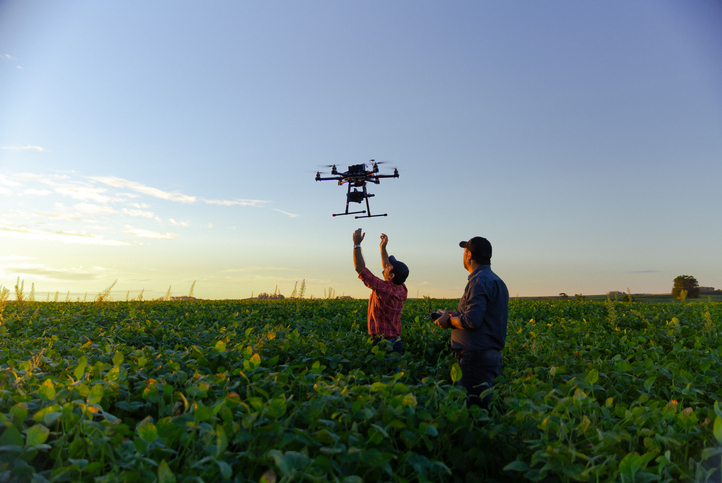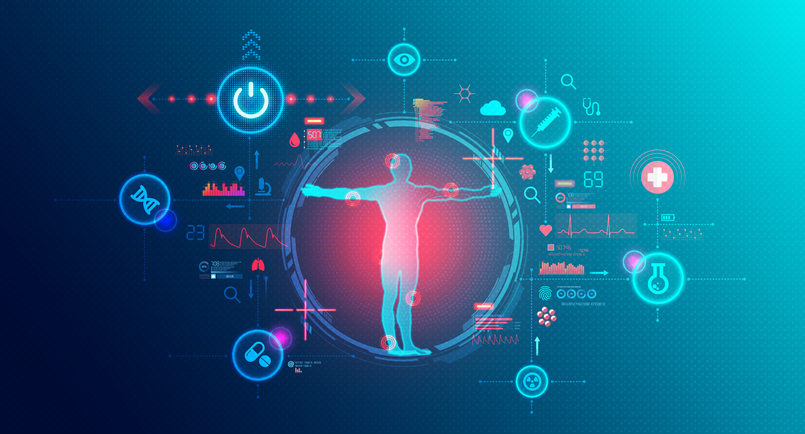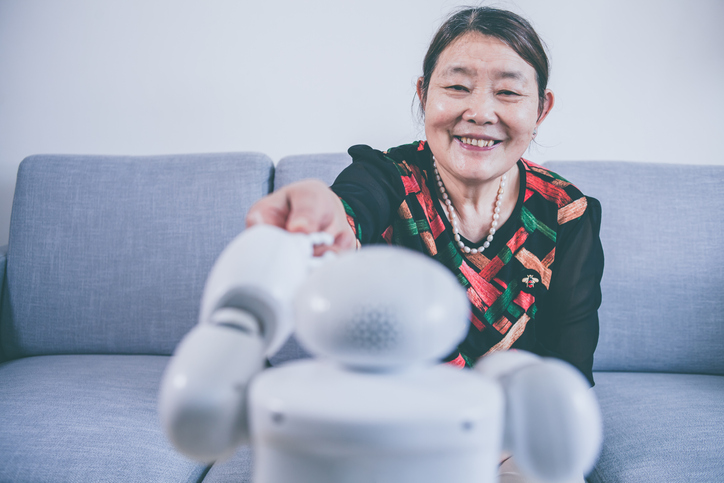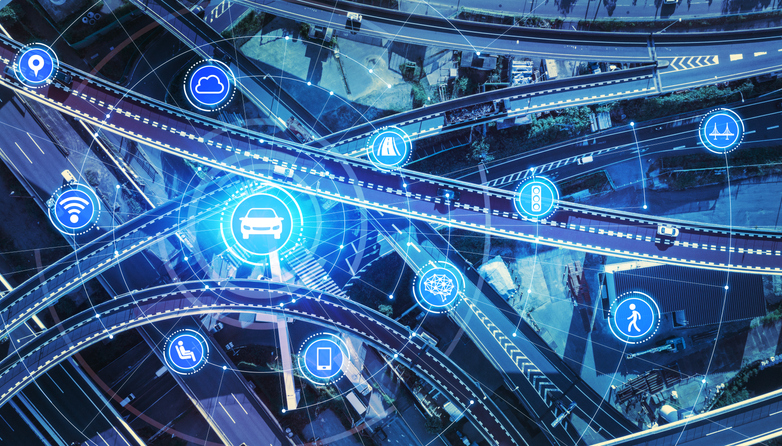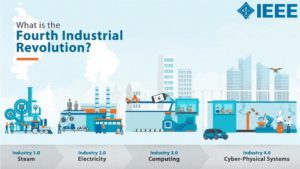Digital Technology for Agriculture
The integration of artificial intelligence (AI), robotics, extended reality, and 6G technologies represents a significant leap, enabling real-time monitoring and automation in farming practices, promising a future of increased productivity and reduced environmental impact.
THz Channel Sounding Lessons for 6G
The discussions in the wireless research community concerning applications and challenges of the sixth generation (6G) mobile systems are gaining momentum. As a key factor in the next generation of mobile systems, this knowledge impacts the system and algorithm design in many areas. The last decade of channel and propagation measurements has enriched the understanding of THz channels and laid a foundation for the design of future measurement campaigns.
MIMO for On-Body IoT Applications
MIMO antennas have received much attention in modern wireless communication. The technology can transmit or receive data using multi-paths, increasing range and output performance. MIMO offers numerous advantages, including increased data rates, improved signal quality, better coverage, and enhanced spectral efficiency.
Digital Twins for Microgrids
The need for affordable, reliable, sustainable, and modern energy is now more critical than ever because of the climate crisis—which is estimated to push up to 130 million people into poverty over the next ten years and continue to cause more unpredictable natural disasters, such as cyclones, flooding, earthquakes, landslides, tsunamis, and volcanic eruptions.
Investigating Service Robots
Human-robot collaboration has always been a point of interest in the robot community, gaining traction as technology evolves. Human-robot collaboration promotes the idea that robots can become a part of human life in hospitals, restaurants, and homes. Effective human-robot collaboration releases humans from repetitive, dangerous tasks so they can devote energy to more sophisticated tasks.
Considering Sensor Clouds
In recent years, Wireless Sensor Networks (WSNs) have been used in many vital areas, including weather forecasting, security, environmental monitoring, health care, and industry. However, efficiently administrating the enormous volumes of data generated by WSNs is a key concern.
Addressing the IoT Challenges of Smart Cities
Smart cities utilize emerging and evolving technologies to assist cities in acquiring advantages through technical innovation. When finding solutions to the problems that accompany technological innovation, the Internet of Things (IoT) is becoming increasingly important in implementing smart solutions.
Wearable Gait Technology
Instrumented gait analysis plays a crucial role in clinical assessment and rehabilitation. Gait analysis can identify impairments, guide the development of effective rehabilitation programs, and inform strategies to improve overall function and quality of life. Specifically, instrumented approaches can better inform how individuals can walk with greater comfort and reduced pain.
Can Edge Computing Create Safer Intersections?
Traffic monitoring sensors are crucial to intelligent transportation systems (ITS). Deployed at intersections, mid-blocks, and sidewalks—detecting the presence of road users, such as vehicles and pedestrians—the sensors are used for better signal timing.
Improving the Metaverse
Forming the next evolution of the Internet—the Metaverse is the concept of a fully immersive and universal virtual space for multi-user interaction, collaboration, and socializing. This concept of a blended shared space, whereby users can interact with each other in physical/virtual environments and extended reality (XR) in a seamless, immersive, and interactive way, has drawn enormous attention in both industry and academia.
Fueling the Fourth Industrial Revolution
The Fourth Industrial Revolution is upon us, and IEEE is leading the way. Learn more about key technologies that will change the way we live in this new era and how IEEE research is fostering innovation and education in these fields.


